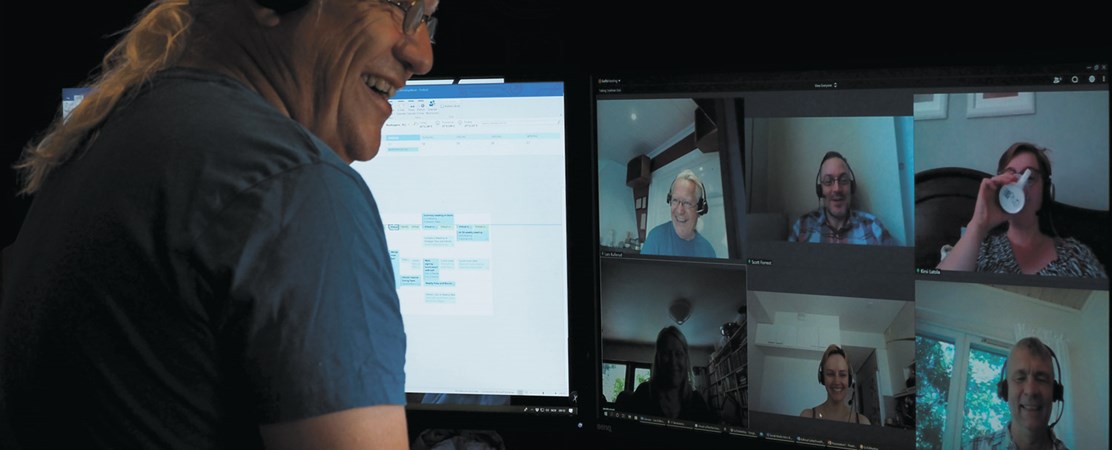Letter from the President

By Lars Kullerud, President, UArctic
Spring 2020 became a crash course in working from home, remote collaboration, and distance learning and teaching. Rather unexpectedly, the COVID-19 pandemic made the UArctic way of working into everyday reality for many of us.
This push towards digital collaboration has revealed its strengths and weaknesses, and it is clear that we still have much to learn before remote learning and collaboration become perfect.
Another consequence of the pandemic is the abrupt stop in student and faculty mobility. Distance collaboration is dependent on people-to-people relationships that are best built in person; open minds and mutual understanding are created by meeting people of other parts of the Arctic. We are grateful for the efficient work of our member universities and the flexibility of the funders which have made it possible to cope with this dramatic change in international mobility.
Traveling to do research in northern communities would be irresponsible at a time like this. Therefore, for the summer and fall 2020, we face a near-total stop in field-based research and learning. We also do not know if the pandemic will influence upcoming field seasons. This has severe consequences on planned research, the continuity of data series, and not least the training of next generations of researchers.
COVID-19 also provides an opportunity to refocus and rethink strategies for academic collaboration and Arctic research. The next crisis that restricts our travels is likely not a virus but something else. We must use this pandemic to reformulate strategies for Arctic academic and research collaboration in which the communities and peoples in the region will have a more central role.
We already see cases where local faculty and community experts have been able to carry out observations and research in collaboration with researchers who are unable to travel. Remote teaching brings its own challenges, but carried out in collaboration with a local mentor, it does provide a model for academic delivery in the Arctic that should be used more. To support the faculty who had to move their teaching online this spring, UArctic launched a platform for open sharing of online Arctic teaching materials which has already
gained a lot of content.
While dealing with the crisis, UArctic's leadership has been united at our computers, planning how the network might look like in the next decade. In the spirit of rethinking Arctic science collaboration, UArctic is taking the initiative to work for a new International Polar Year (IPY) as a process culminating in 2032–33. In collaboration with our partners IASC and IASSA, we invite local actors to build new movements for polar science collaboration that also engage the residents of the Arctic in new ways.
2020 marks the first year of the UArctic Association registered under Finnish law. Our new legal basis increases our ability to handle matters as an independent organization. It also complements the trust and purpose stemming from the initiative of the Arctic Council to create UArctic more than twenty years ago.
By the end of this year, UArctic will launch our strategy for the next 10 years. It is our ambition to work with our members and the peoples of the Arctic to build a strong, engaged, informed and dynamic North, creating better lives and environments for all northerners.
